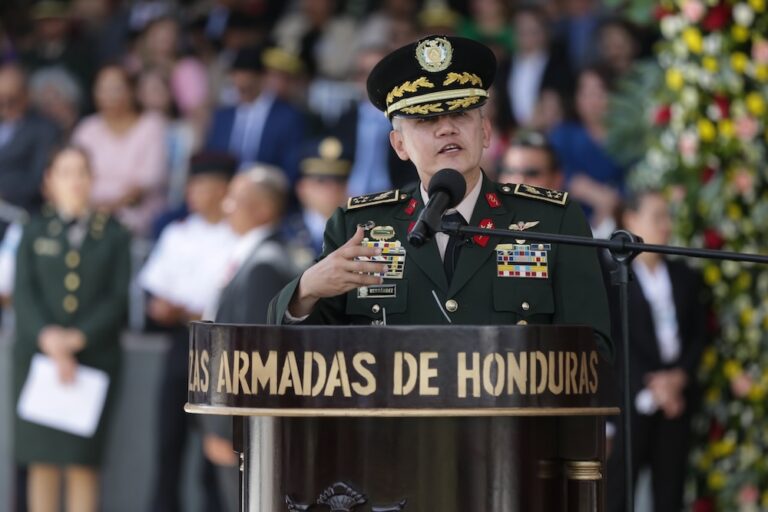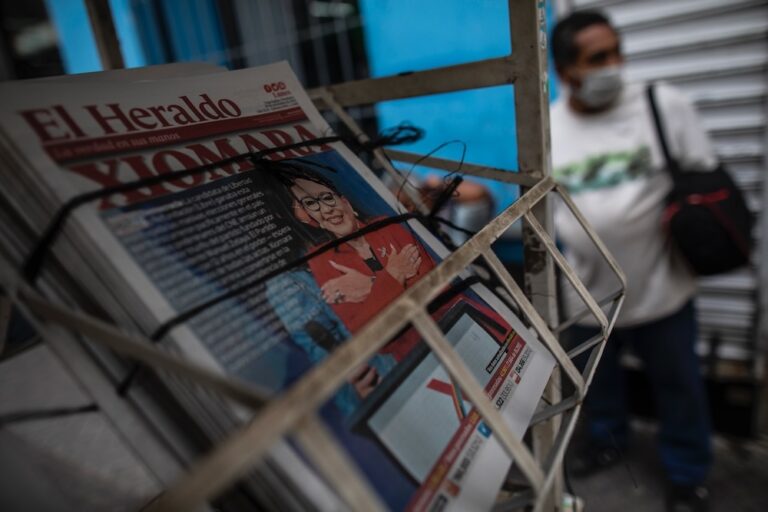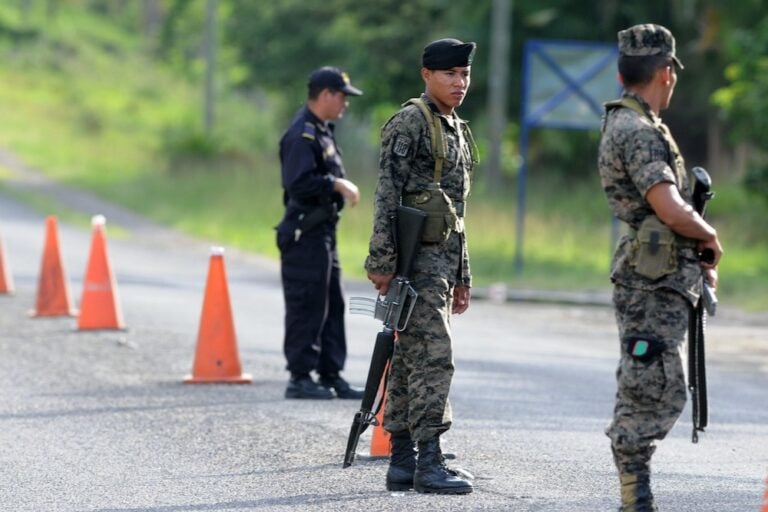(PROBIDAD/IFEX) – The Transparency and Access to Public Information Law (Ley de Transparencia y Acceso a la Información Pública), which was approved on 27 November 2006, was published on 30 December, in number 31,193 of “La Gaceta”, the official record of Congress, with substantial modifications that may well limit its effectiveness. Some of its articles […]
(PROBIDAD/IFEX) – The Transparency and Access to Public Information Law (Ley de Transparencia y Acceso a la Información Pública), which was approved on 27 November 2006, was published on 30 December, in number 31,193 of “La Gaceta”, the official record of Congress, with substantial modifications that may well limit its effectiveness.
Some of its articles and definitions seem to imply that the law will apply only to lower public servants, not to ministers, Congress members, nor to the presidents of the three branches of the state: the Executive, the Legislative and the Judicial branches. This is contrary to what was agreed upon during the debates of the law, which took into account the international norms defining who are considered to be public servants. With the final definitions contained in the version published in “La Gaceta”, it is now unclear if citizens will be able to verify the salaries of ministers, Congress members and the heads of the three branches of the state.
As well, Article 39, which stipulates when the law will come into effect, states that only public information generated after the law comes into effect in 2008 will be subject to the norms of the law, which will make it impossible to investigate anything that took place before 2008. Honduran jurists have indicated that the addition of this brief proviso violates the conventions dealing with the fight against corruption, as well as international treaties on freedom of expression and access to information.
The published version also states that “information that undermines the governability” of the country will also remain confidential. The wording leaves a broad margin for the discretion of public officials in defining what would constitute information to be kept confidential on those grounds, since they will be able to argue that the information compromises national security without that term being clearly defined.
As well, Article 19, referring to the period of time until confidential information is eventually declassified, mentions 10 years as the period, which evidently contradicts Article 32, which refers to mechanisms for the “purging” of information from files after five years. Thus, there is a risk that when the declassification of previous confidential information is requested 10 years after the information was originally generated, the information will have already been purged, as provided for under Article 32.
Finally, the functions of the Institute for Access to Information (Instituto de Acceso a la Información Pública, IAIP), which was created by the legislation, in terms of defending citizens’ rights, are unclear.
The full text, in Spanish, of the law as published in “La Gaceta” can be seen at:
http://revistaprobidad.info/2007/LEY_DE_TRANSPARENCIA.pdf
This alert was prepared by PROBIDAD with information provided by the Committee for Free Expression (Comité por la Libre Expresión, C-Libre).


